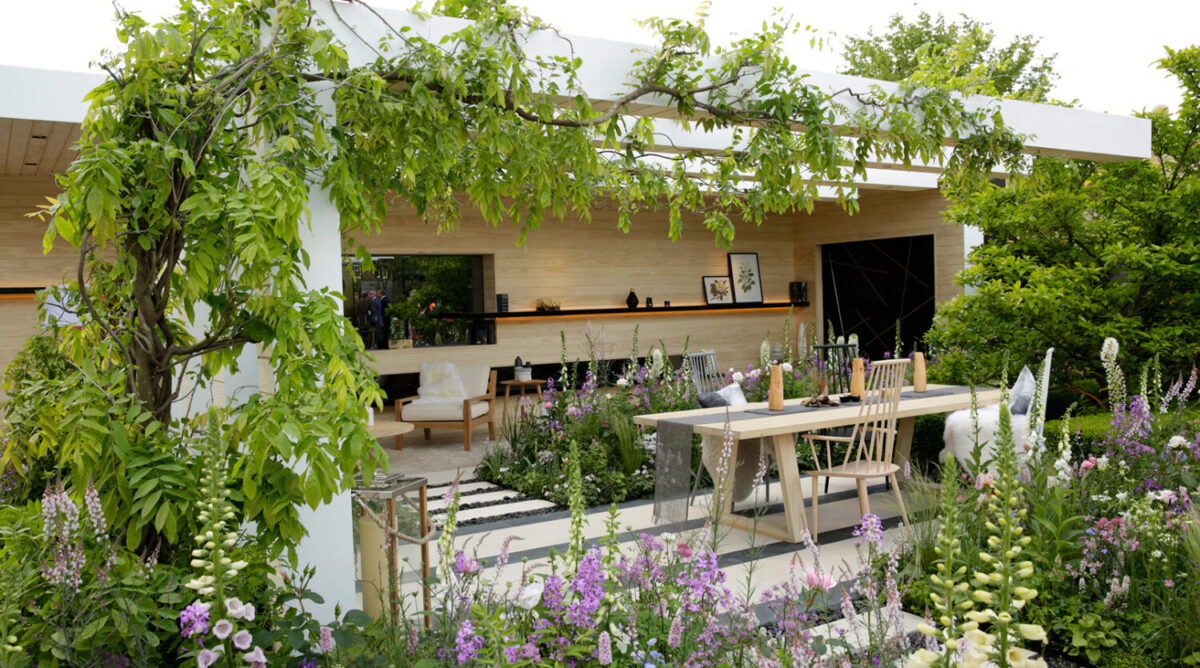Architects all over the world choose our products for their projects, and today Accsys and Accoya® are celebrating some of the impacts and achievements of female architects that have worked with us over the years.
We’ve asked what inspires and drives them, how they impact society and the world, and what tips they would give for women at the start of their careers. Architects Jessica Ruffler, Liesbeth Janson, Diana Blake, Evelyn McNamara, Mingyuk Chen and Hay-Joung Hwang share their stories.
Original article at: www.accoya.com/uk/international-womens-day/
Jessica Ruffler
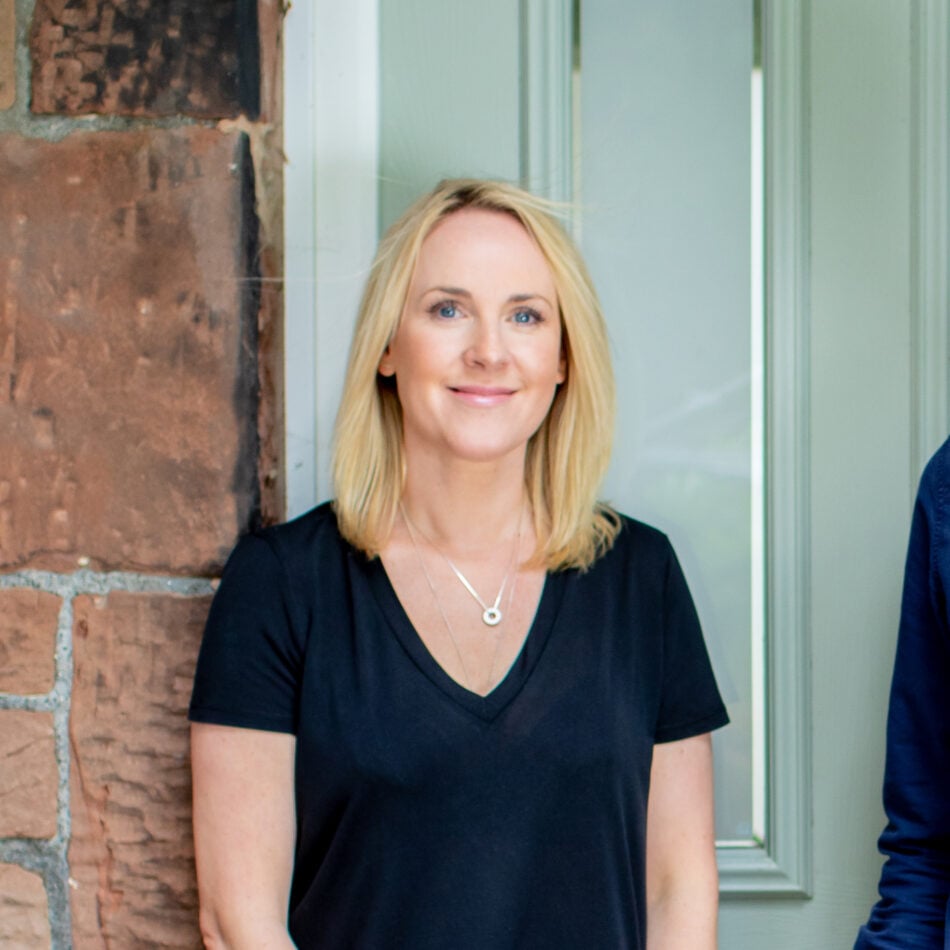
Based in the UK, Jessica Ruffler has over 15 years of practical experience in the field of architecture. Several years ago she founded her own architectural firm, ArchitectFolk, and has since completed many residential, public and commercial projects in the North West of England. Since childhood, Jessica had been interested in architecture. She grew up with drawing boards, sketches and exciting ideas through her father who worked in the construction industry. The design aspect is what Jessica loved most, and at the age of 9 she knew for sure that she wanted to be an architect.
For Jessica, architecture has many ups and downs. The process from concept to delivery often brings challenges – but that is part of what makes it interesting and worthwhile. What is best, though, is the fact that through her work she has not only made a positive impact on her clients’ families but has also changed their way of life. “I believe that good design is vital to the way we live our lives and that a well-designed home, workspace or public realm can vastly enhance quality of life,” says Jessica, “Architects shape these spaces, the spaces shape communities, and, if delivered successfully, only positivity can come from this.” At the moment Jessica is working on a housing project made from Accoya wood to ensure its longevity in exposed conditions and quality.
In Jessica’s experience, more women in architecture is definitely a positive – and her clients have agreed with that sentiment. For young women, she thinks engaging with architectural training is a great first step and a fantastic career opportunity. Since undertaking her own training she’s seen a vast change in the world of architecture, and a real improvement to the gender balance in architectural training – which is great news, and an achievement anyone should be proud of Jessica is currently entering her 5th year with ArchitectFolk and working on her 90th project.
Liesbeth Janson
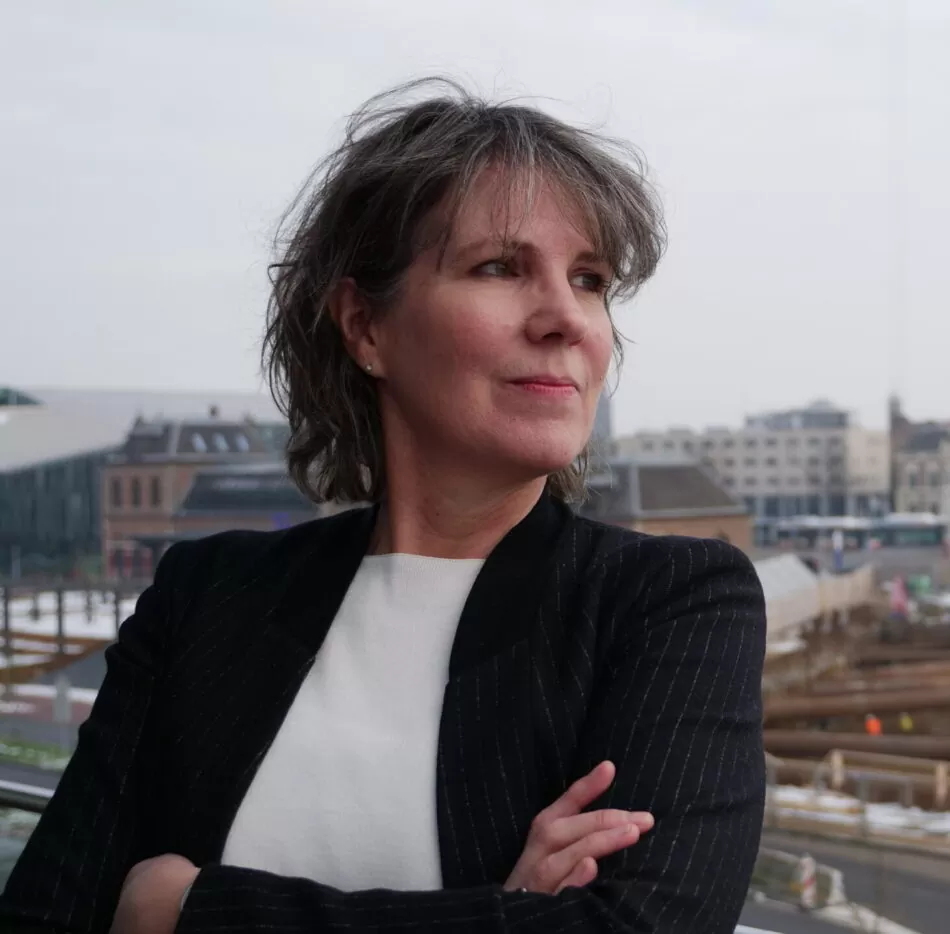
Liesbeth Janson has been an architect for more than 30 years. In 1993 she started her first architectural firm in Amsterdam, and in 2008 moved to The Hague to found her current practice, Studio Huijgens.
The intersection of social, creative and scientific is one of Liesbeth’s favourite parts of being an architect. The end result is also something tangible, visible, long-lasting and sustainable, and good architecture can have a very real and positive effect on how people live and work. With her focus on private commissioning she has close contact with clients who are also the end users, really connecting the theoretical work to the actual creation of a building and the impact it has.
Liesbeth’s favourite part of her job is that she gets to sketch all kinds of possible solutions for programmatic and aesthetic issues. In addition, she finds it a uniquely fulfilling experience when she is able to physically walk through a building she designed. This is one of her favourite moments during the construction phase: where the design comes to life. Since 2014 she has specialised in working with self-build groups, which for her challenges her architectural skills in the best possible way, because there is freedom to design and create together with the clients. This collaborative approach means she can help them realise their own personal dream house, with the end users becoming co-owners of their environment instead of temporary tenants.
Liesbeth stimulates communities to organise and shape their own green living environment, thereby doing her bit to change the world for the better. Her greatest achievement to date has been to create an entirely green urban renewal complex called FagelCats, in the old centre of Amsterdam. FagelCats consists of a sustainable apartment complex for elderly residents, including special care housing and a large communal ‘healing garden’. “The 100% Accoya garden pavilion is an almost sacred place to meet for all the inhabitants and it is a pearl to look at for the neighbours as well. Realising this project from scratch took around 10 years!”, she said.
We asked Liesbeth what tips she could give to younger women who might also be interested in architecture. She says there are many interesting opportunities and possibilities in the field of architecture and everyone can develop their own speciality, which makes the work personally interesting and exciting. The sense of achievement is also something special to the work: “Honestly, it feels very good to visit or pass your own projects when realised. To see your buildings grow older in their habitat, see how they function, to exchange experiences with their owners or users,” she adds. As a female architect, Liesbeth does not notice any different attitude or extra difficulties in getting the work done even in what has traditionally been quite a male-dominated environment, but hopes that what she and other female architects do and achieve can be an inspiration to future generations.
Hay-Joung Hwang
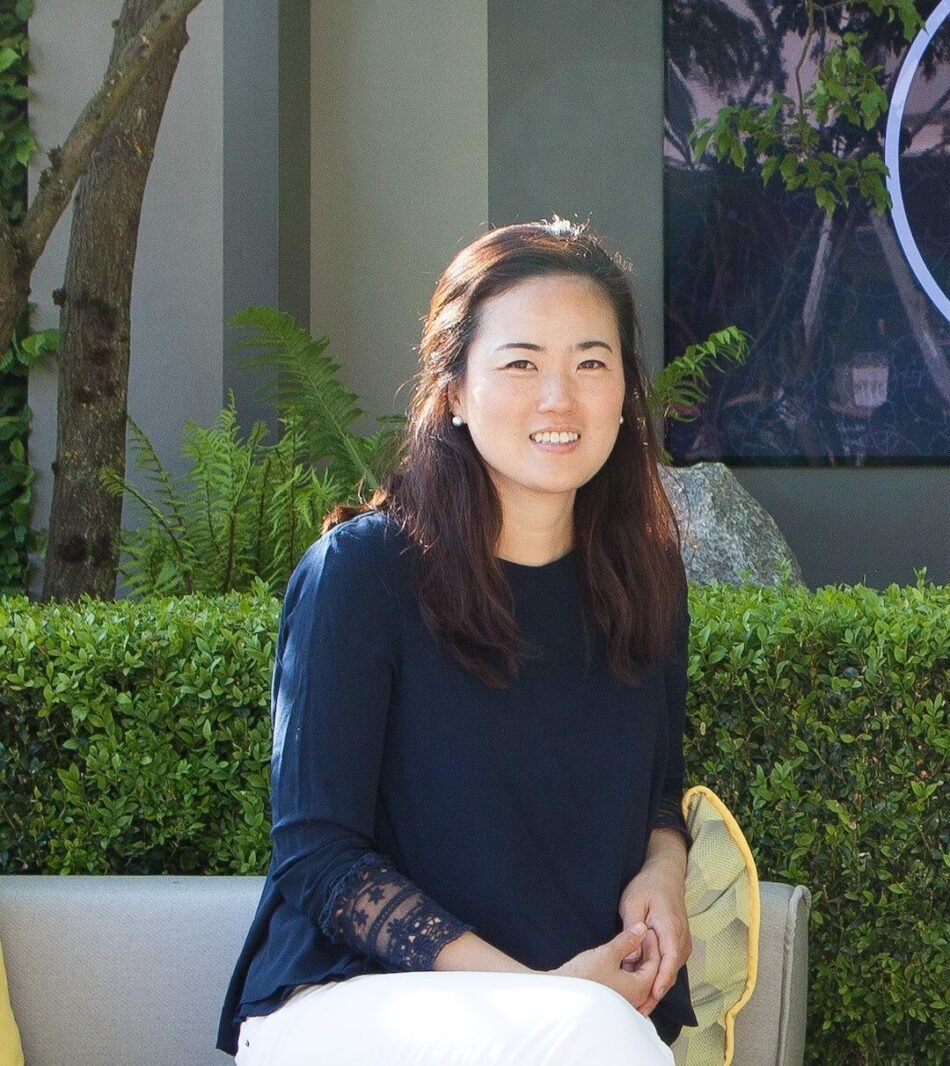
Hay-Joung Hwang is the director of her own landscape architectural design studio called HAYDESIGNS in the UK. She founded the practice in 2015, focusing on the design of outdoor spaces that combine traditionalism with modernism – from large public gardens and parks to smaller private gardens. After originally studying interior design, Hay-Joung soon realised that her passion for design went beyond indoor spaces. In 2006, she started training as a landscape architect at Sheffield University, and after a visit to the Chelsea Flower Show in London in 2008 she set her ambition and goal to one day exhibit at the show.
One of Hay-Joung’s favourite parts of her work is being able to combine and create new approaches to design. Her “Eco-city” garden project, for example, reflects the increasing presence and dependence on technology in our daily lives – and harmonises it with a growing awareness of the environmental problems and responsibilities we face. With this project, she created a template for environmentally friendly, sustainable and integrated urban architecture: both increasing the quality of life in the modern world and also reducing air pollution by expanding the verticality of green spaces. This commitment to sustainability and ecological responsibility also goes beyond design, as Hay-Joung also takes care to specify sustainable elements in her projects as well as identifying environmentally friendly products and materials to use. This has led to her use of Accoya wood for luxury residential or commercial projects because of its great sustainability, durability, quality and range of selections to choose from.
Beyond environmental sustainability, Hay-Joung also identifies the potential for her work to impact society: “With pressure to work harder and longer hours in the work-place, we need respite from the “daily grind” and to make better use of the spaces we inhabit,” she mentions. One of her biggest successes to date has been designing gardens to enhance the indoor/outdoor living concept, which she is also passionate about.
Something Hay-Joung would like to pass on to younger people is that they should find out what makes them happy, but also stimulating and challenging. For those who may be considering a career in architecture, she adds: “When you know what you want, I think you will know what to do…”
Diana Blake
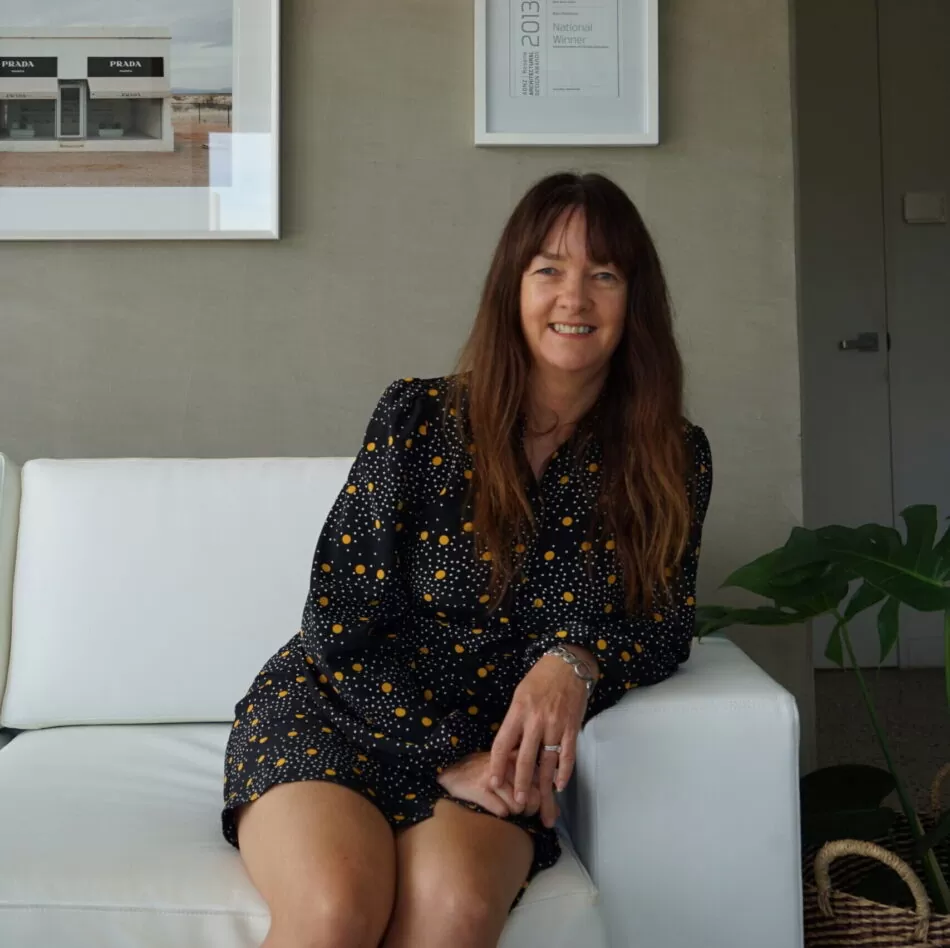
With her own practice, ‘Diana Blake Design’ based in the holiday resort of Whangamata, New Zealand, Diana has been working in the architectural profession for more than 20 years.
From an early age, Diana had childhood memories of her father spending hours laying bricks, mixing concrete and building around her childhood home. In her teenage years, Diana also used to cycle around the city looking for new houses under construction, for which she would devise layouts or build with Lego models.
Specialising in residential projects, retail, hospitality and service industries, her favourite part of the job is being able to bring happiness to her clients’ lives. Seeing a house being lived in and people enjoying the spaces gives her great satisfaction and a great accompaniment to her love of the whole creative process of design.
At the age of 26 she was able to realise her dream by setting up her own agency and managed to overcome all the obstacles, creating a business of which she is very proud, and that has achieved recognition and celebration in the industry with several awards over the years. Combining a personal and professional highlight, her son has also chosen a career in architecture and has now been part of the firm for just over two years.
In Diana’s view, the health of our planet is a big factor in both the world and the industry these days. “I hope I can make a small difference by making more sustainable choices in the selection of building materials and processes, making builders more aware of the amount of waste in the construction industry and how to reduce it, and designing homes that follow the passive house principles to achieve more sustainability”, she said. Diana has chosen Accoya for a number of projects, not only for its appearance, but also for its longevity, stability and the fact that it is non-toxic and able to withstand the harsh New Zealand coastal climate.
As a career, Diana finds that architecture brings together a great combination of challenging, fulfilling and rewarding moments, and is something all young people should at least consider. A passion for design and construction is a good start, and being able to communicate and listen is key. There is always more to learn and there are always interesting developments and changes – but all in all, she says that if anyone might be interested in architecture as a future career they should “Go for it!”
Evelyn McNamara

Evelyn McNamara has always had a passion for making and creating things. The idea of learning how to draw and detail things that could be turned into a reality has held a constant appeal to her since childhood. Her motivation led her to establish her own architectural firm, Evelyn McNamara Architecture Ltd, in New Zealand in 2009.
Evelyn says she loves the design and detailing process. Working with the belief that living spaces have a major impact on our lives, our mood and our overall health, the journey she takes with each client is her favourite part of the job and a source of great fulfilment. What has been a huge milestone for Evelyn during her career is reaching a decade in her own practice: “So much hard work has gone into creating a brand and so many wonderful homes have been built,” she said.
For Evelyn, the word ’home’ has so much meaning beyond just the physical structure: our homes have a profound impact on our health and well-being. As an architect, her work changes the world and the lives of the people in it by providing well-designed houses adapted to the needs of their occupants: creating spaces that can act as a foundation of peace and serenity for the lives of their owners. She also believes that architects have a responsibility to ensure that these ‘homes’ are sustainable, so that our planet can be our collective home for many years to come. This has been reflected in a number of projects where Evelyn has chosen to use Accoya, combining sustainable use of wood with performance and durability to create sustainable buildings that will last for future generations to also call ‘home’.
In the sector itself, Evelyn believes it is extremely important to strive for greater equality in the number of male and female architects in practice. Women, men and every individual person has different strengths that can contribute to the industry, so increasing diversity and representation within the sector is hugely positive.
Mingyuk Chen

“When I was growing up, I was a bit geeky. I enjoyed my math and science classes, but I also loved visual art”, Mingyuk says, and pursuing architecture allowed her to combine her passion for both science and the arts. Mingyuk is a Senior Associate at Michael Green Architecture (MGA) in Canada, with 16 years of project experience in architecture and several innovative mass timber buildings, residential projects and even airports in her portfolio, with several projects winning Governor General’s Medals in Architecture.
Seeing a project come to life is her favourite part of the job. Bringing a project from initial conception to the end result is not easy, but there is immense satisfaction from seeing the success of a project come to fruition. “Realizing a project sometimes feels like giving birth! A lot of effort, sweat, tears, and occasional swearing are all part of that experience. You have good days and bad days, but in the end, building a successful project that is impactful to the users and the community is extremely gratifying.” Working on the Ronald McDonald House BC + Yukon project in Vancouver was a particular highlight, creating a “home away from home” for 74 sick children and their families.
With buildings accounting for about 40% of global carbon emissions (operational and embodied), Mingyuk feels that architects not only have an impact on the environment, but also influence the fabric of society. Building sustainable – physically and socially – is her team’s mission. Together, they think about the best decisions, not only for people but also for the planet: “How can we design with less? What is the most appropriate material to use? Where do these materials come from? What experience can we offer the users and the community at large? “What kind of story can our projects tell?” says Mingyuk. Accoya wood has been chosen and used in quite a few projects to answer some of these questions, with its sustainable credentials and performance characteristics aligning well with MGA’s value of making a positive impact on this world.
For Mingyuk, it is important for young people to find their passion and go after it. “Because when you love what you are doing, you will find ways to make a positive impact on yourself, the people around you, and the many others you will encounter along the way. When you love what you are doing, it becomes easier to find your own voice.” This is something she likes to pass on to young people – women in particular – who might be interested in architecture.





